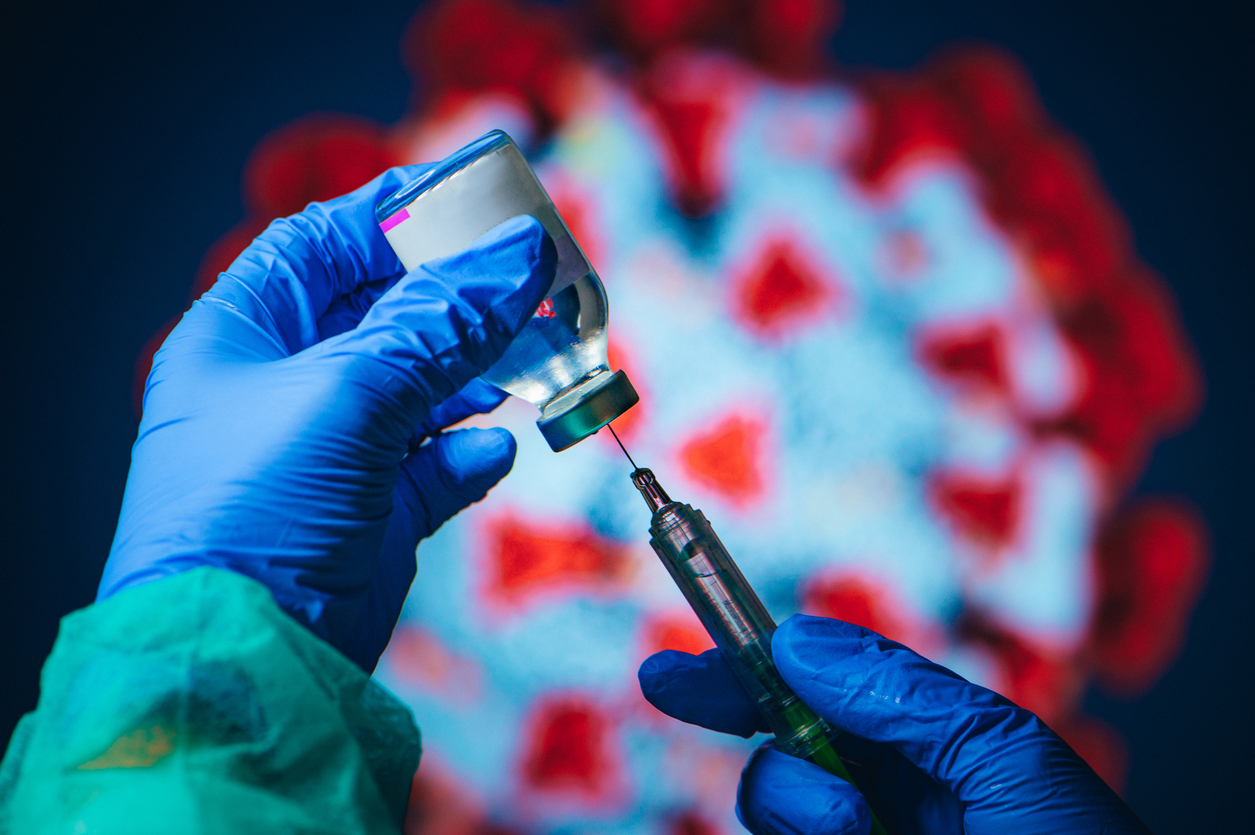
Hanging out with vaccinated people greatly reduces risk of COVID infection - Study

India recently completed 100 crore COVID vaccinations, which roughly translates to completely inoculating about 21% of the population. A recent international study shows that vaccinated people have 10 times lower risk to contract COVID than unvaccinated people. Also, vaccinated people have 20 times less risk of contracting the disease if they hang out with others who are vaccinated.
Some wonder, why would a vaccinated person care about the vaccine status of another person? Briefly, it’s because vaccines reduce the probability of getting infected, which reduces the probability of a vaccinated person infecting someone else. And, despite vaccination providing excellent protection against severe disease, a small proportion of vaccinated people still require ICU care. Therefore some vaccinated people may have a strong preference to mix primarily with other vaccinated people. But what exactly is the risk of catching COVID from someone who’s unvaccinated? What’s the relative risk?
Recent reports from the Victorian Department of Health in Australia find that unvaccinated people are ten times more likely to contract COVID than vaccinated people.
Also, vaccinated people are less likely to transmit the disease even if they become infected. So, if you were spending time with an unvaccinated person, then there’s some probability they’re infected and will infect you. However, if they were vaccinated, they’re 10 times less likely to be infected and half as likely to infect you, says the study. Hence we arrive at a 20-fold reduction in risk when hanging out with a vaccinated person compared to someone who’s not vaccinated.
Also read: 90% of COVID deaths in Kerala were of unvaccinated people
So, dining in an all-vaccinated restaurant and working in an all-vaccinated workplace presents a much lower infection risk.
What about people who can’t be vaccinated? Some people haven’t been able to get vaccinated because they’re either too young or they have a medical exemption. Other people are immunocompromised and won’t get the same level of protection from two doses as the rest of the community.
Increasing vaccine coverage across the board will help protect those who aren’t fully protected by vaccination (whether that’s by eligibility, medical reasons or choice). Those at higher risk also enjoy the risk reduction if they’re able to mix primarily with vaccinated people.
And other choices we make can help reduce the risk of transmission when vaccination is impossible, for example, wearing masks, washing hands carefully, and so on. Do rapid antigen tests help? Some people have proposed that frequent testing could be used to suppress COVID spread for those who are unwilling to be vaccinated.
To understand the efficacy of rapid antigen test in reducing risk to others we need to consider test sensitivity.
Also read: Mixed doses of Covishield and Covaxin provide better results: ICMR study
Test sensitivity is the probability a rapid test will return a positive result, if the person is infected. It’s challenging to get an accurate estimate. But rapid antigen tests are about 80% as sensitive as a PCR test, which are the traditional COVID tests we do that get sent off to a lab. The PCR tests themselves are about 80% sensitive when it comes to identifying someone with COVID.
Therefore, rapid antigen tests can find about two-thirds of cases. If an individual is going to a gathering where everyone has tested negative on a rapid antigen test, that’s a three-fold reduction in risk.
Even though rapid tests provide a reduction in risk, they don’t replace vaccines. When used in conjunction with high levels of vaccination, rapid tests would provide improved protection for settings where we’re particularly keen to stop disease spread, such as hospitals and aged care facilities.
Consequently, despite the high efficacy of COVID vaccines, there are still reasons a vaccinated person would prefer to mix with vaccinated people, and avoid mixing with unvaccinated people. This is particularly true for those at higher risk of severe disease, whether due to age or disability. Their baseline risk will be higher, so a 20-fold reduction in risk is more meaningful.
(With inputs from agencies)


